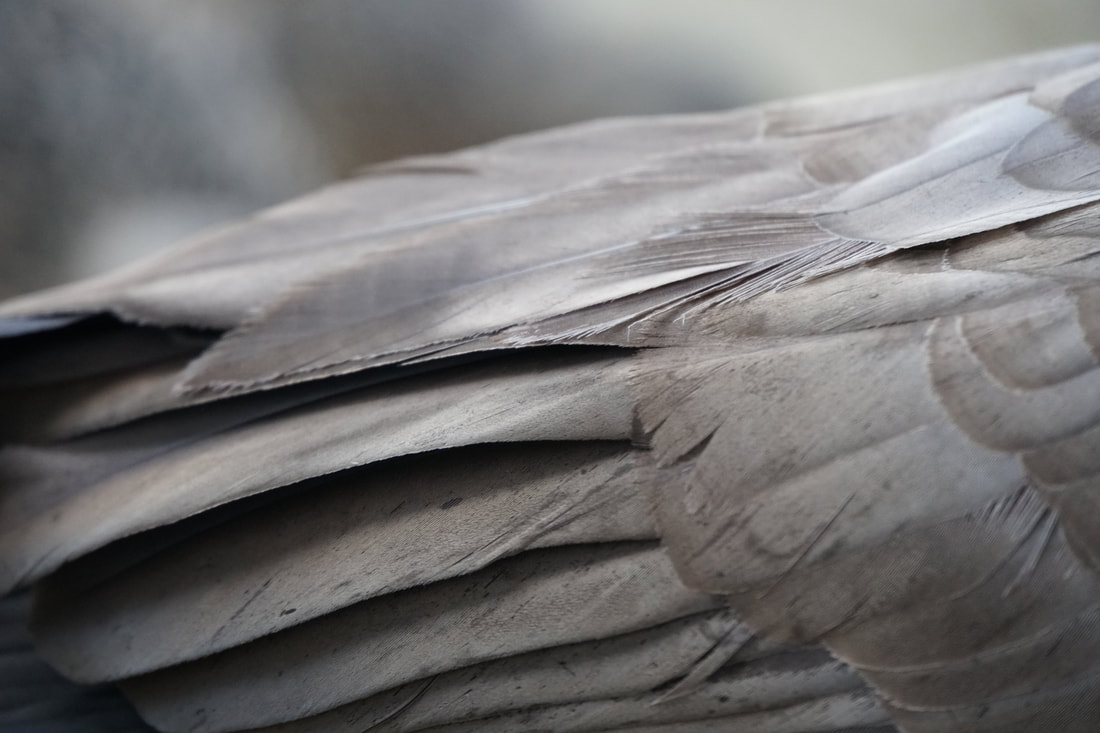|
By Kentia Kalanaki Canada Geese are commonly misunderstood birds. True, they are noisy and they can be a bit of a nuisance if you don’t like their honking. But they are absolutely not the aggressive (well, they can be aggressive towards each other, but rarely towards people), mean birds they’re known for being. Despite the fact that Canada Geese are such common birds, a lot of people don’t actually know all that much about them. In this article, I will tell you all about these friendly, lovable birds! Almost everyone knows geese are migratory birds. But most people don’t know that in most of the US, these birds actually stay where they are! Throughout the central US, they don’t need to move because their populations have grown so much that a lot of them have adapted to the moderate changing of conditions in the central US. Some of them may still migrate within the central US, but a lot of resident individuals stick around. In the northern/southern US, however, they do migrate. When they do migrate, they can fly up to 1,500 miles in a day, weather permitting. That’s about the distance from Reno to the Great Lakes!! A goose you saw today in Pyramid Lake could be swimming in Lake Superior or even the Gulf of Mexico tomorrow if it wanted to. You may have noticed that whenever you see geese in the sky, they’re almost always in groups. They usually fly in some sort of a ‘V’ formation to conserve energy: The goose at the front (aka the point of the ‘V’) has to do the most work, because it’s not riding on any currents unless they’ve caught a tailwind. But when they form a ‘V’, its hard work doesn't go to waste. When the goose flaps, it makes two air currents going out behind it. If the other geese position themselves right, they won’t have to flap as hard to move because they can ride on the air currents made by the goose in front of them. But how do the geese choose who to be with? Do they just start flying with a bunch of other geese around them? Or do they have little groups of their own that they’re part of? Canada geese have very complex social lives, similar to that of humans. They have their own groups, and there are obviously superior and inferior geese. Some geese may look very beat-up, with feathers sticking out everywhere, and they’re much smaller, skinnier, and bonier than the others. They’re also normally very skittish. Those are the targeted geese: the bullied geese. Others, however, hiss at other geese wherever they go. Other geese have probably learned to stay out of their way, because these geese are the bullies. They are very territorial, and at times, it seems as if they take pleasure in chasing other geese. I’ve seen all different personalities of geese; there are kind geese, and mean geese. There are wise geese who obviously know what they’re doing, and naive geese, who make everything up on the fly. There are scary geese (everyone’s scared of them) and there are scared geese (they’re scared of everyone). Normally, they form groups with their own families, and they take on the personality traits of their parents. This spring, a particularly friendly goose couple had goslings in a pond near where I live. So I went to visit them every day, and I got to observe a lot about their behaviour. The father was extremely territorial. He would chase away any other goose he saw anywhere near the pond as soon as he could. The parents were always attentive, looking in every direction for predators. A couple of times, when the goslings were still small, I saw the parents protecting them from Cooper’s hawks and Red-Tailed hawks. They would see the hawk long before I did- anywhere from 30 seconds to 10 seconds before I managed to find it. After a while, I learned to read their behaviour- at least one parent would always be looking in all directions, and one on the lookout would give a sharp but quiet ‘honk’ to alert the other. The other would immediately raise their head, and spread their tail, signaling alertness. They would quickly call their goslings, and they too would become alert and run towards their mother. Their mother would spread her wings around the goslings, while the father would leap at the hawk as it swooped towards them. This all goes to show how protective the parents are of their goslings. The parents and the goslings will stay together until winter is over and breeding season is about to start. Then, they get kicked out. The father starts to get territorial all over again, and he turns on his own children. It’s honestly sad to witness him chasing away his own children from previous years that he once did anything and everything to protect. But that’s just how it is- never in a million years will he let anyone, even his own children, get close to mama’s new eggs. However, once the new goslings are grown up and their molting is over (read more about molting below), the parents might allow some goslings from previous years to rejoin them for the winter, especially if their family group isn’t too big already. Every year, geese go through a full molt. At some point in the summer, most of them (the ones without goslings) flock to large lakes to complete this process, like Lake Tahoe, Pyramid Lake and Washoe lake. They go to larger lakes because when they molt, they lose all of their flight feathers at once, which renders them flightless and prone to predation. So they go to large lakes to escape from predators by staying in the middle of the water bed. That’s why you may have noticed a whole lot of goose feathers washed up on the beaches of places like Lake Tahoe and Pyramid Lake! During the 4-6 week molting period, those who don’t have goslings stick together when possible, and those with goslings become a lot less territorial, likely because they’re too vulnerable to fight without flight feathers. After the initial molt is over, they go through a second molt as well, to ‘fine tune’ their appearance. The second molt is much more difficult to observe because they don’t lose a whole bunch of feathers at once, so they can still fly. Right after these two main molts, the geese look their best with all their new feathers proudly grown in. Why do they molt though? All birds molt to get rid of old, damaged feathers that both look scruffy and don’t function as well as they used to. Except most birds molt one feather at a time, growing in a new one just before the other falls out, unlike Canada Geese. Last of all, I would like to debunk the myth that Canada Geese are very aggressive birds that attack humans wherever they go. From my experience, they are only as aggressive towards people as people are towards them! Sure, if someone were to go annoy a breeding male, then it’s pretty likely that they might get a warning (a hiss), and if they don’t back off then he’ll come running at the invader. However, if treated properly, Geese are very sweet, friendly, peaceful birds whose presence is truly enjoyable. |
topics
All
Archives
July 2024
|



 RSS Feed
RSS Feed